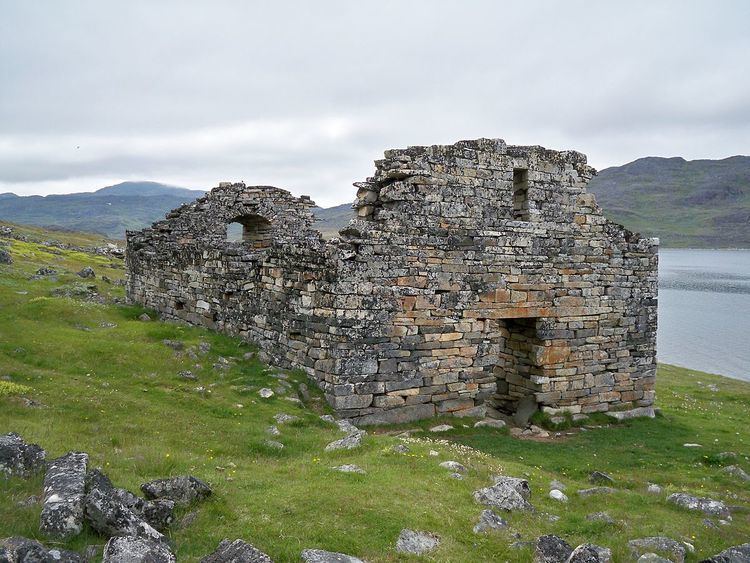 | ||
Climate has affected human life and civilization from the emergence of hominins to the present day. These historical impacts of climate change can improve human life and cause societies to flourish, or can be instrumental in civilization's societal collapse.
Contents
Role in human evolution
Changes in East African climate have been associated with the evolution of hominins. Researchers have proposed that the regional environment transitioned from humid jungle to more arid grasslands due to tectonic uplift and changes in broader patterns of ocean and atmospheric circulation. This environmental change is believed to have forced hominins to evolve for life in a savannah-type environment. Some data suggest that this environmental change caused the development of modern homimin features; however there exist other data that show that morphological changes in the earliest hominins occurred while the region was still forested. Rapid tectonic uplift likely occurred in the early Pleistocene, changing the local elevation and broadly reorganizing the regional patterns of atmospheric circulation. This can be correlated with the rapid hominin evolution of the Quaternary period. Changes in climate at 2.8, 1.7, and 1.0 million years ago correlate well with observed transitions between recognized hominin species. It is difficult to differentiate correlation from causality in these paleopanthropological and paleoclimatological reconstructions, so these results must be interpreted with caution and related to the appropriate time-scales and uncertainties.
Historic and prehistoric societies
The rise and fall of societies have often been linked to environmental factors.
Societal growth and urbanization
Approximately one millennium after the 7 ka slowing of sea-level rise, many coastal urban centers rose to prominence around the world. It has been hypothesized that this is correlated with the development of stable coastal environments and ecosystems and an increase in marine productivity (also related to an increase in temperatures), which would provide a food source for hierarchical urban societies.
Societal collapse
Climate change has been associated with the historical collapse of civilizations, cities and dynasties. Notable examples of this include the Anasazi, Classic Maya, the Harappa, the Hittites, and Ancient Egypt. Other, smaller communities such as the Viking settlement of Greenland have also suffered collapse with climate change being a suggested contributory factor.
There are two proposed methods of Classic Maya collapse: environmental and non-environmental. The environmental approach uses paleoclimatic evidence to show that movements in the intertropical convergence zone likely caused severe, extended droughts during a few time periods at the end of the archaeological record for the classic Maya. The non-environmental approach suggests that the collapse could be due to increasing class tensions associated with the building of monumental architecture and the corresponding decline of agriculture, increased disease, and increased internal warfare.
The Harappa and Indus civilizations were affected by drought 4,500–3,500 years ago. A decline in rainfall in the Middle East and Northern India 3,800–2,500 is likely to have affected the Hittites and Ancient Egypt.
Historical era
Notable periods of climate change in recorded history include the Medieval warm period and the little ice age. In the case of the Norse, the Medieval warm period was associated with the Norse age of exploration and arctic colonization, and the later colder periods led to the decline of those colonies.
